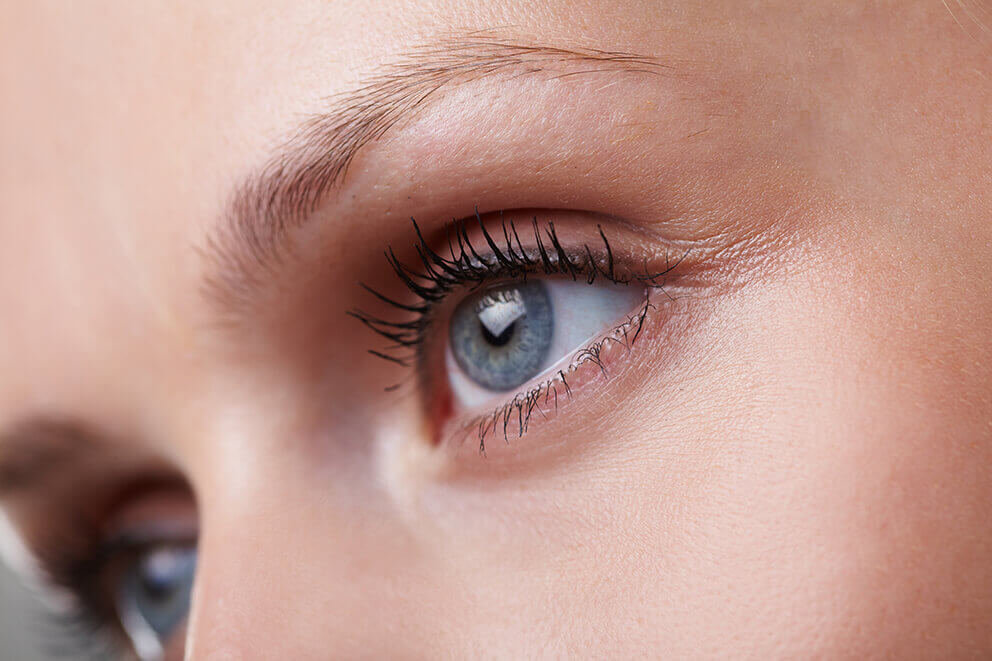Improve Your Appearance & Vision!
The eyes are the windows to the soul, but also one of the first areas to show signs of aging. Small wrinkles, droopy lids, excess skin, and bags under the eyes can make one appear tired or older than our age. Often, as the skin droops, our vision is even affected. Excess skin on the eyelids also often makes one feel tired at the end of the day. These changes often appear as early as the late 20’s.
Blepharoplasty (eyelid rejuvenation surgery), can turn back these signs of aging and make your eyes appear brighter and refreshed. By removing excess skin and fatty deposits, your eyelid is restored to a more youthful appearance. In addition, if your field of vision is being affected, you may see better following a blepharoplasty procedure.

Testimonial
“I cannot believe I waited to have my eyelid surgery. In my early 30s, I noticed my eyelid skin was wrinkling when I put on makeup. At the end of the day, my eyes felt and looked “droopy” and I felt very tired from the skin resting on my eyelashes. Once I had my blepharoplasty, I immediately looked younger and felt great- even at the end of the day- I didn’t look or feel tired any longer! My advice to anyone considering eyelid surgery is…
Don’t wait!”
At Grand Rapids Ophthalmology, we are fortunate to have doctors who specialize in cosmetic and reconstructive surgery of the eyelids. Our doctors perform both cosmetic eyelid surgery for patients interested in a more youthful appearance and reconstructive eyelid surgery for patients with medical problems that affect their eyes such as thyroid eye disease.
Our doctors can restore a more youthful appearance to your eyes by performing the blepharoplasty procedure to correct:
- Loose, droopy and extra skin on the upper and lower eyelids that make you look older.
- Fat deposits on the upper and lower eyelids that make you appear tired or unhappy.
- Bags under your eyes that change your youthful appearance.



